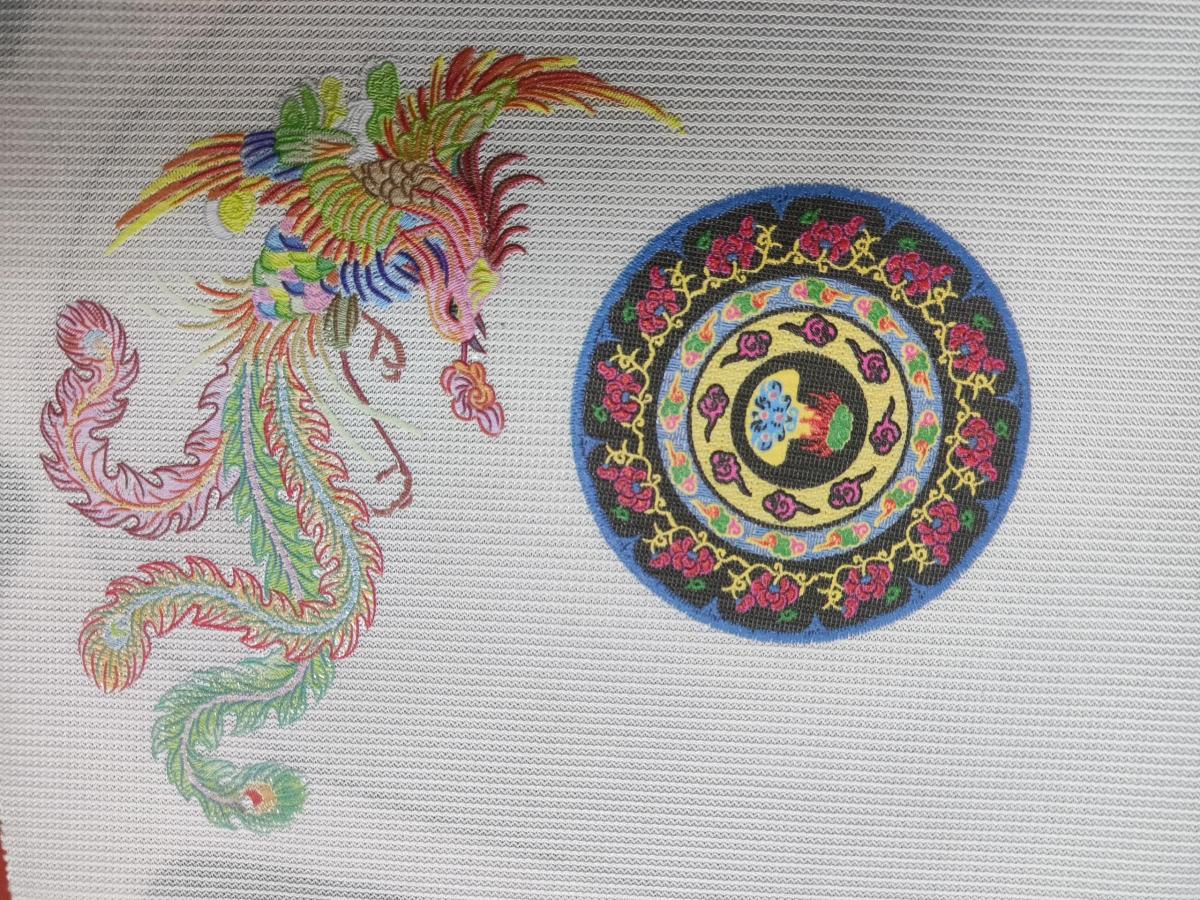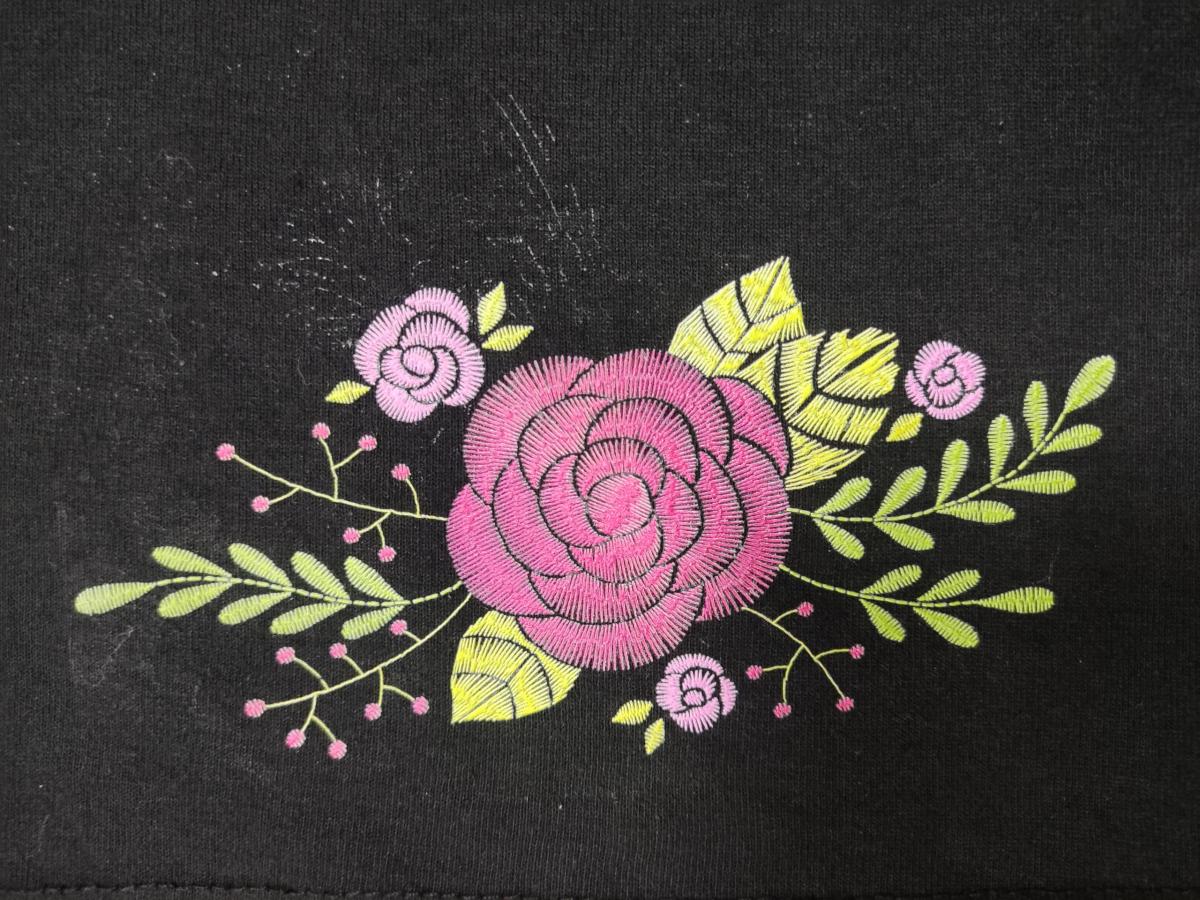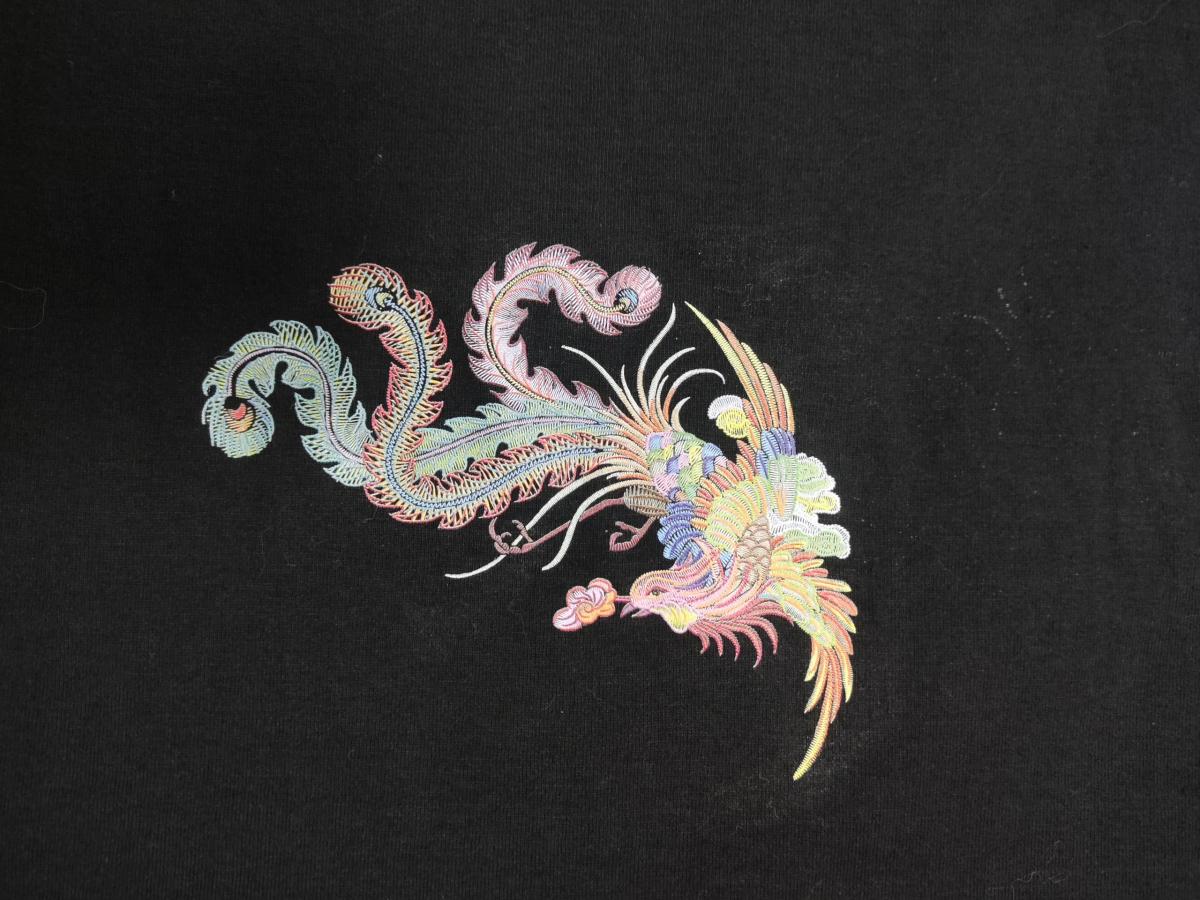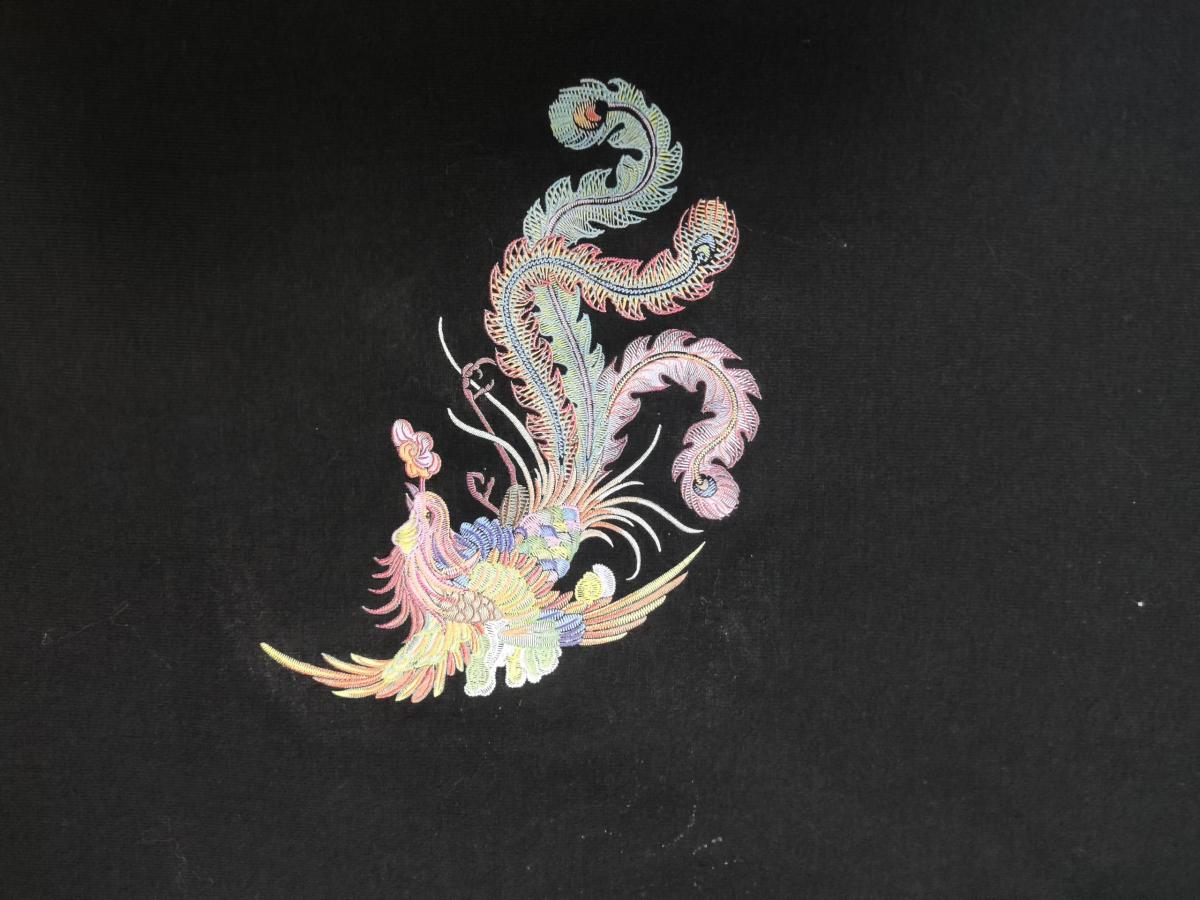With the continuous progress of digital printing technology, textile personalisation has gradually become a new favourite in the market. Among them, MYJET UV DTF embroidery printer, with its unique printing and transfer process, perfectly combines the texture of traditional embroidery with modern digital technology to achieve realistic embroidery effects. This article will reveal in detail the core technology, process and application advantages of this equipment to help you understand how to create high-quality textiles with advanced equipment.
I. Core technology analysis
1. UV printing technology
UV printing technology uses UV-curable inks that are capable of instant drying in a short period of time. This technology not only dramatically improves printing efficiency, but also ensures excellent ink adhesion and colour vibrancy on different substrates. UV printing technology plays a crucial role in embroidery transfers where fine patterns and rich colours are required.
2. DTF transfer process
DTF (Direct to Film) transfer technology is a process in which digital patterns are printed directly onto a transfer film, and then transferred to textiles by thermal transfer. The technology enables high-precision and high-resolution image reproduction, ensuring that the final result is close to traditional embroidery in terms of detail and three-dimensionality. At the same time, the DTF transfer process is highly compatible and suitable for a wide range of textile materials such as T-shirts, bags and home textiles.
3. Embroidery effect simulation
Through precise image processing and colour management, the MYJET UV DTF embroidery printer can simulate the line texture and three-dimensional feeling of traditional embroidery during the printing process. After printing, through a reasonable transfer process, the pattern not only adheres firmly, but also presents a delicate effect as if it were sewn with a needle and thread, which ensures both visual impact and a soft and comfortable touch.
II. Printing and transfer process
1. Pattern design and pre-processing
Before printing, the designed pattern needs to be digitised first. Through professional design software, the pattern is processed with colour layering, detail enhancement and three-dimensional simulation to make it more suitable for UV printing and DTF transfer process. This step determines the quality and realism of the final product.
2. UV Printing Procedure
Pre-heating of the printing device: Ensures that the printer reaches the optimum working temperature to guarantee the ink curing effect.
Precise Printing of Patterns: Using high-precision printheads and advanced UV curing systems, processed patterns are printed directly onto high-quality transfer films. This process monitors colour and detail performance in real time to ensure that every detail is perfectly rendered.
3. DTF transfer steps
Pattern Curing: After printing, the transfer film undergoes a secondary curing process to enhance the stability and durability of the pattern.
Thermal Transfer: The cured transfer film is heat-pressed to the textile. Through high temperature, high pressure and proper time control, the pattern is firmly transferred to the textile surface, giving a realistic embroidery texture.




Ⅲ.The advantages of the equipment and application scenarios
1. High precision and efficiency
MYJET UV DTF printer adopts advanced printhead technology and precision transmission system to achieve high speed printing and high resolution output. Whether for mass production or personalised customisation, it can meet the market's dual demands for high efficiency and high quality.
2. Flexible and diverse material adaptations
The equipment is not only suitable for traditional textile materials such as cotton and polyester, but also achieves excellent transfer effects on synthetic fabrics and blended materials, greatly expanding the field of application. From clothing to home textiles to personalised gifts, it can flexibly cope.
3. Environmental protection and economy
The instantaneous curing technology of UV ink reduces the emission of harmful substances and meets the requirements of modern environmentally friendly production. At the same time, the DTF transfer process is easy to operate, reduces labour costs and maintenance costs, and has high economic benefits.
IV. Practical application cases
In practical application, many apparel brands and design studios have started to adopt UV DTF embroidery printers for product customisation. The patterns printed by this equipment are not only colourful and detailed, but also perfectly simulate the layering and three-dimensional effect of traditional embroidery, adding a unique fashion element to the product. For example, a T-shirt after thermal transfer printing treatment not only retains the original soft texture, but also gives a visual similar to the delicate texture of embroidery, which is loved by consumers.
V. Future development and market outlook
With the continuous development of digital printing technology and intelligent manufacturing, UV DTF embroidery printers will play an increasingly important role in the field of textile personalisation. In the future, with the further improvement of the precision of the equipment and the continuous optimisation of the process, the scope of application is expected to be further expanded, promoting the development of the whole industry in the direction of high efficiency, green and personalisation.
concluding remarks
With advanced UV printing technology and DTF transfer process, UV DTF embroidery printer achieves realistic reproduction of traditional embroidery effect. Whether in terms of technical principles, production processes, or application scenarios and economic benefits, this equipment shows strong competitive advantages. For enterprises and designers pursuing high quality and personalised customisation, this equipment not only provides a new creative tool, but also opens up a broad market prospect for textile production and fashion design. Through continuous innovation and process optimisation, the future of embroidery transfer technology will bring more surprises and possibilities.
GET IN TOUCH
